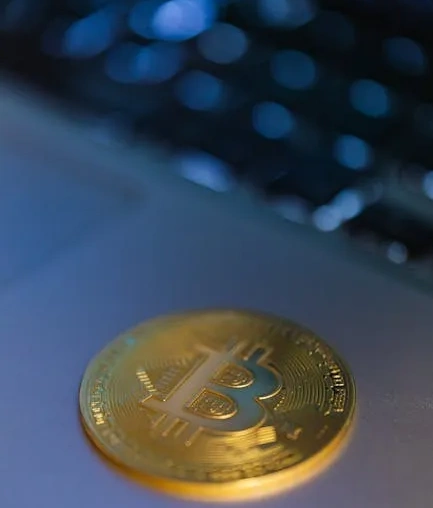
Introduction
In a move that could significantly boost the performance of the Solana blockchain, Jump Crypto has introduced a groundbreaking proposal aimed at removing the platform’s fixed compute block limit. This initiative is designed to prioritize high-performance validators, enabling them to manage more complex blocks efficiently while sidelining less capable validators.
Understanding Solana’s Current Limitations
Solana has gained a reputation for its impressive speed and low transaction costs, making it a popular choice among developers and users alike. However, the existing fixed compute block limit has posed challenges, particularly when it comes to handling more intricate transactions and applications. As the demand for decentralized applications (dApps) grows, the limitations of the current system have become increasingly apparent.
The Proposal by Jump Crypto
Jump Crypto’s proposal aims to address these limitations by eliminating the fixed compute block limit. This change is intended to allow high-performance validators, those capable of processing complex transactions more efficiently, to take precedence. By doing so, the network can better manage demanding workloads without compromising on speed or efficiency.
Benefits of the Proposal
- Increased Throughput: With the removal of fixed limits, the network could see an increase in the number of transactions processed per second, enhancing overall throughput.
- Enhanced Performance: High-performance validators would be able to handle more complex blocks, allowing for the execution of sophisticated smart contracts and decentralized applications.
- Improved User Experience: As the network becomes more capable, users will benefit from faster transaction times and lower fees, making the platform more attractive for everyday use.
Potential Challenges
While the proposal presents many advantages, it is not without potential challenges. The system will need to ensure that the prioritization of certain validators does not lead to centralization, which could undermine the decentralization ethos that blockchain technology is built upon. Additionally, careful consideration will need to be given to how this change may impact existing validators and the overall health of the network.
The Future of Solana
If Jump Crypto’s proposal is adopted and implemented effectively, it could herald a new era for Solana, solidifying its position as a leading blockchain platform capable of meeting the demands of a rapidly evolving digital landscape. As developers and users alike look for faster, more efficient solutions, Solana’s ability to adapt and innovate will be crucial to its sustained success.
Conclusion
In conclusion, the proposal by Jump Crypto to remove Solana’s fixed compute block limit is a bold step towards enhancing the network’s performance. By prioritizing high-performance validators, Solana could unlock new possibilities for developers and users alike, ensuring that it remains at the forefront of blockchain technology. As the community continues to discuss and evaluate this proposal, the future of Solana looks promising.



